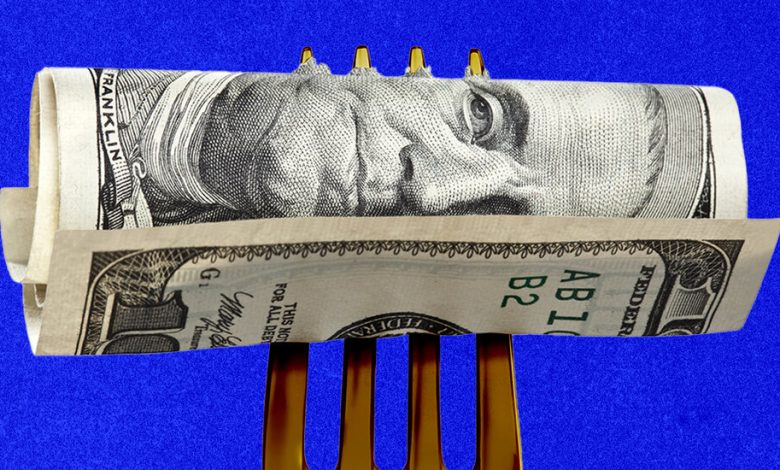The Rich Spend Differently From You and Me

In my most recent column I had a bit of fun with Donald Trump making an assertion that shows that he hasn’t flown commercial in a very long time — saying that America’s terrible airports make us look like a third world nation:
As it happens, a few days ago I flew into Newark Liberty International Airport’s new Terminal A, which drove home a point that’s obvious to anyone who has been flying commercial over the years: America’s airports have in fact become a lot spiffier. I’d certainly rather fly into Newark than into the many European airports where you still have to take a bus from the plane to the terminal.
But this got me thinking. Why do U.S. airports have so many more amenities than they used to? (The flying experience can still be miserable because of security lines, but that’s another issue.) The obvious answer is that they’re catering to their clientele, but surely that was always true.
Well, one main reason probably is that while flying isn’t the elite-only experience it was in the “jet set” era, people who fly frequently and spend a lot of time in airports are a lot more affluent than average. And over the past 40 years, high-income Americans — we’re talking the top 10 percent or 20 percent, not the super-elite that doesn’t fly commercial at all — have seen much bigger income gains than the middle class. Here are estimates from the Congressional Budget Office (never mind the number for the bottom quintile, which is the source of considerable controversy but isn’t relevant for today’s discussion):
So my guess is that airports are catering to this wealthier clientele. That is, the same clientele that is driving the proliferation of gourmet supermarkets and the gentrification of some urban neighborhoods and so on is causing airports to have better food and shops than they used to. I’m not making a value judgment here — hey, I’m in that class myself, so I benefit from the trend.
My point instead is that airports, like many other institutions, cater to a particular income class. And it follows that the affluent buy different things than those less fortunate — which means in turn that they care about different prices. There have been innumerable posts on social media complaining about the prices of airport meals or room service in fancy hotels, like this one from the investor Kyle Bass:
OK, I admit that I included that mainly because Bass had Diet Coke with waffles for breakfast (shudders). But mockery aside, the point is that these aren’t prices that matter to most Americans. And because people spend their money differently, the convenient abstraction that we think of as “the level of consumer prices” gives way to the truth that different groups face at least somewhat different rates of inflation: different slopes for different folks.
